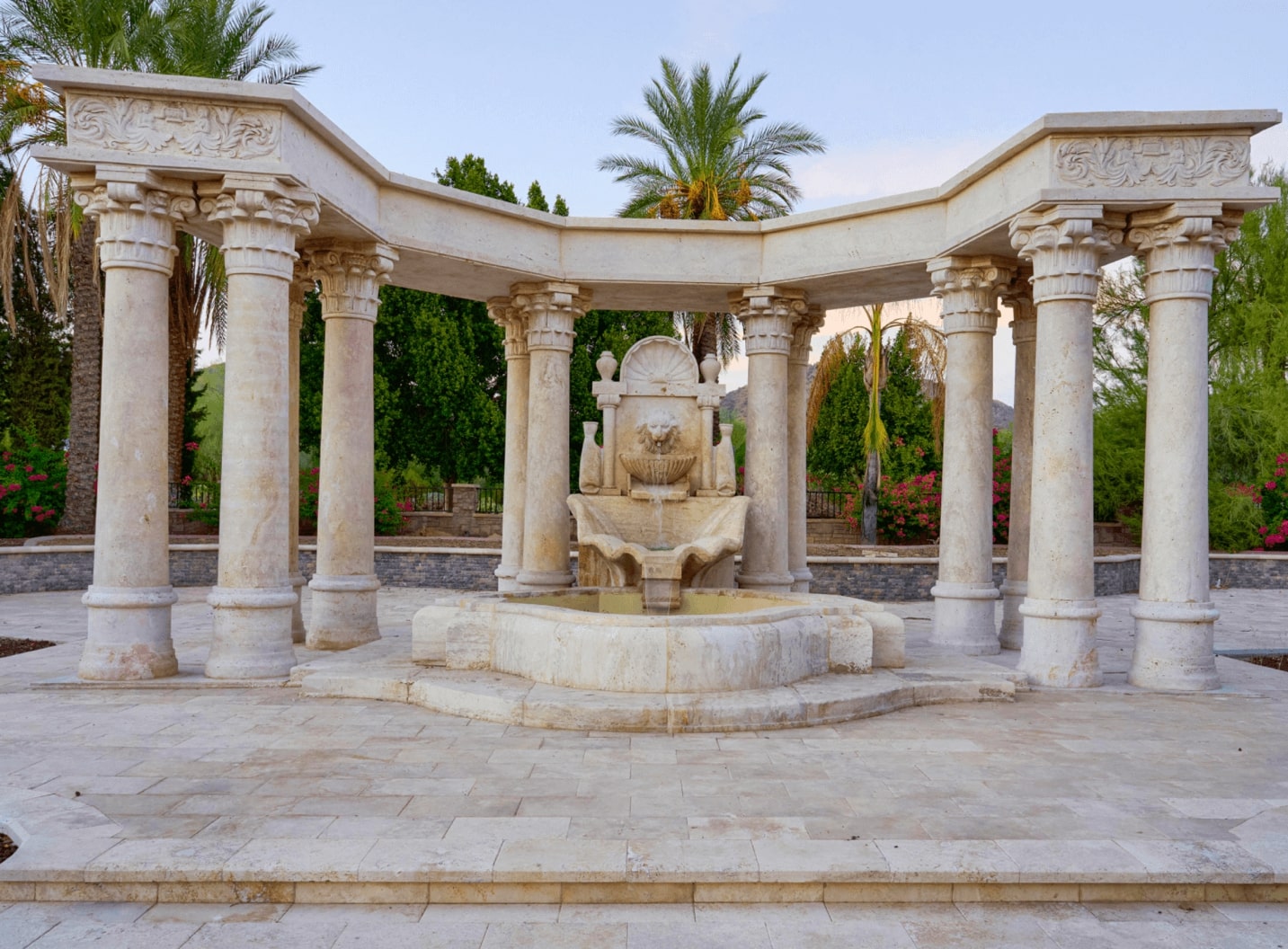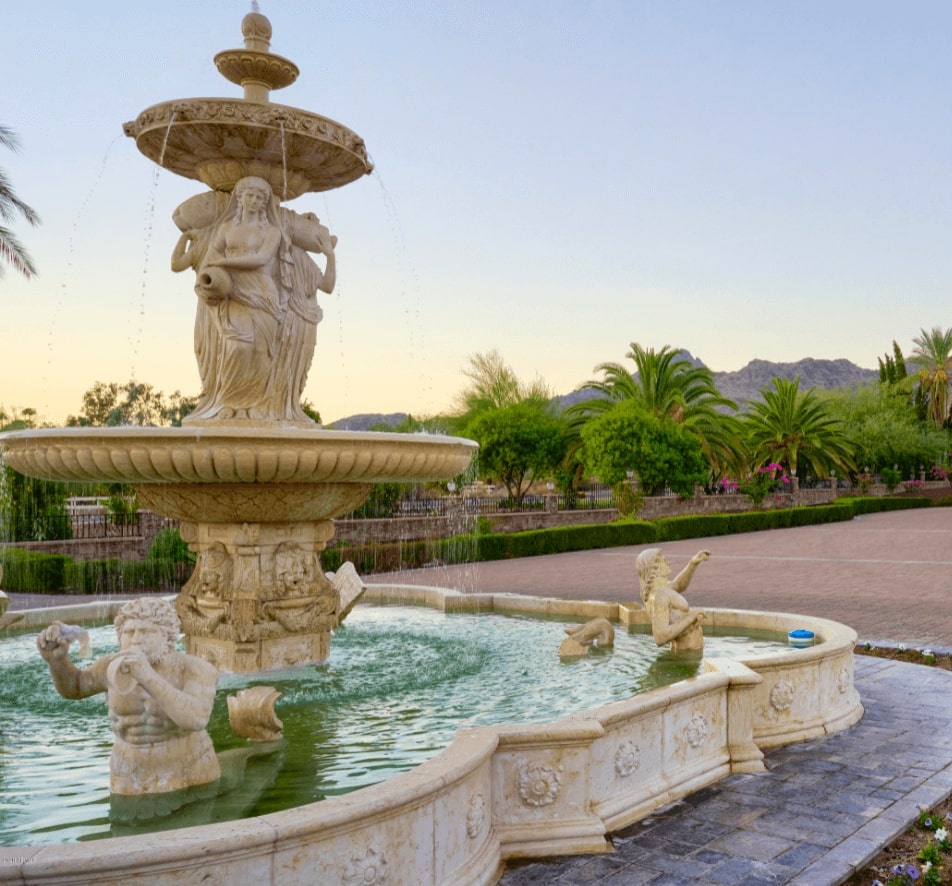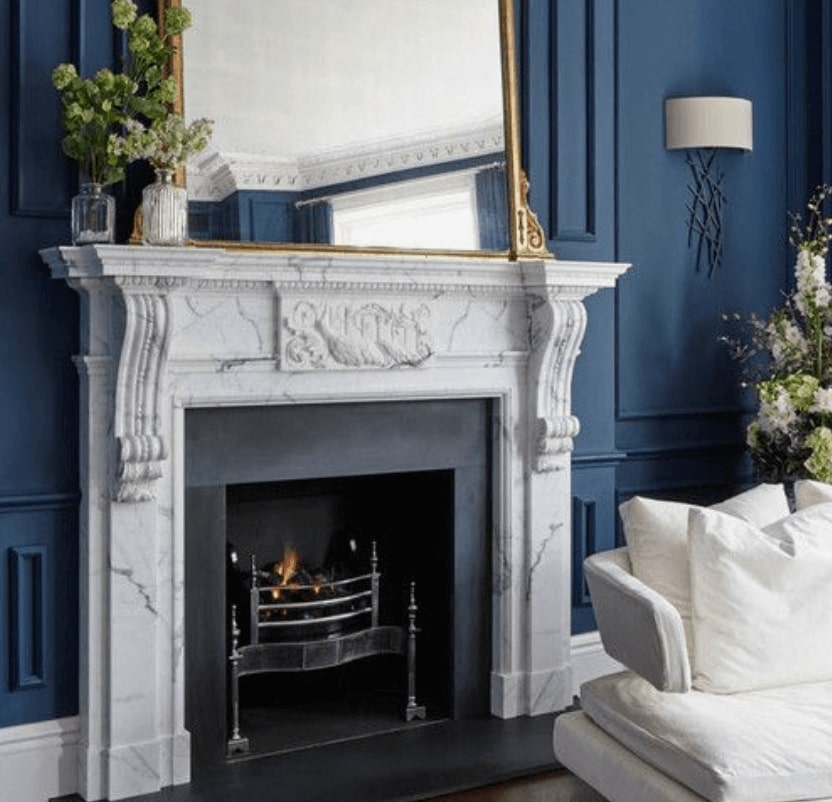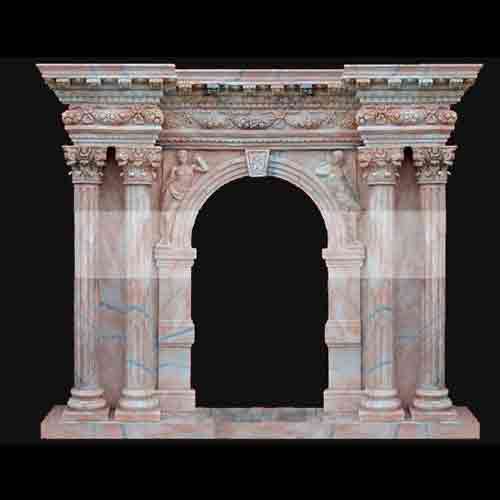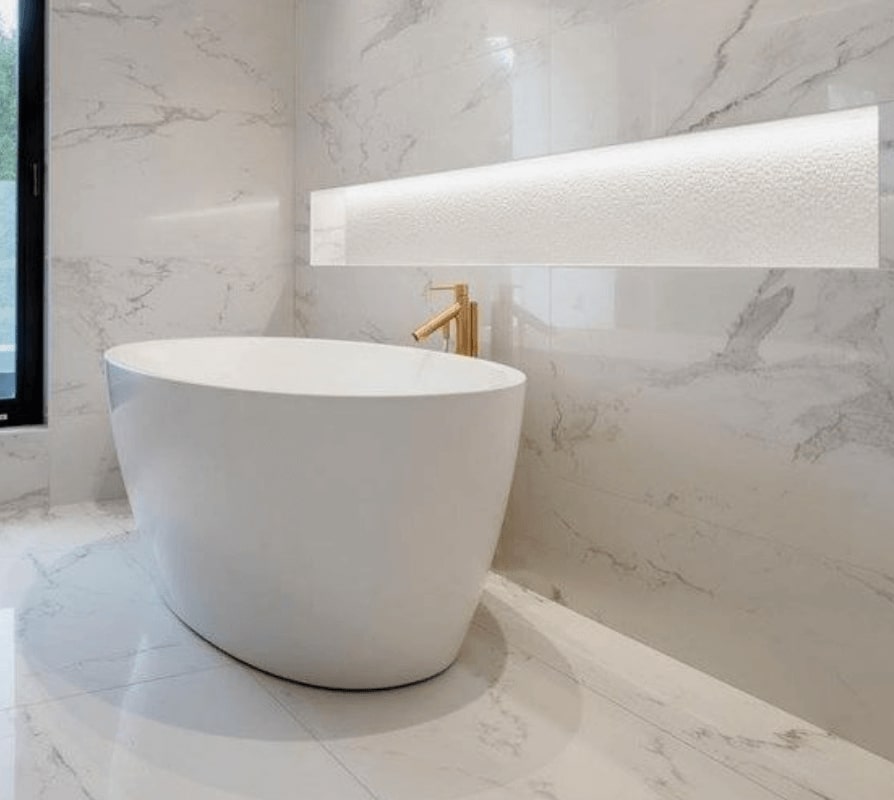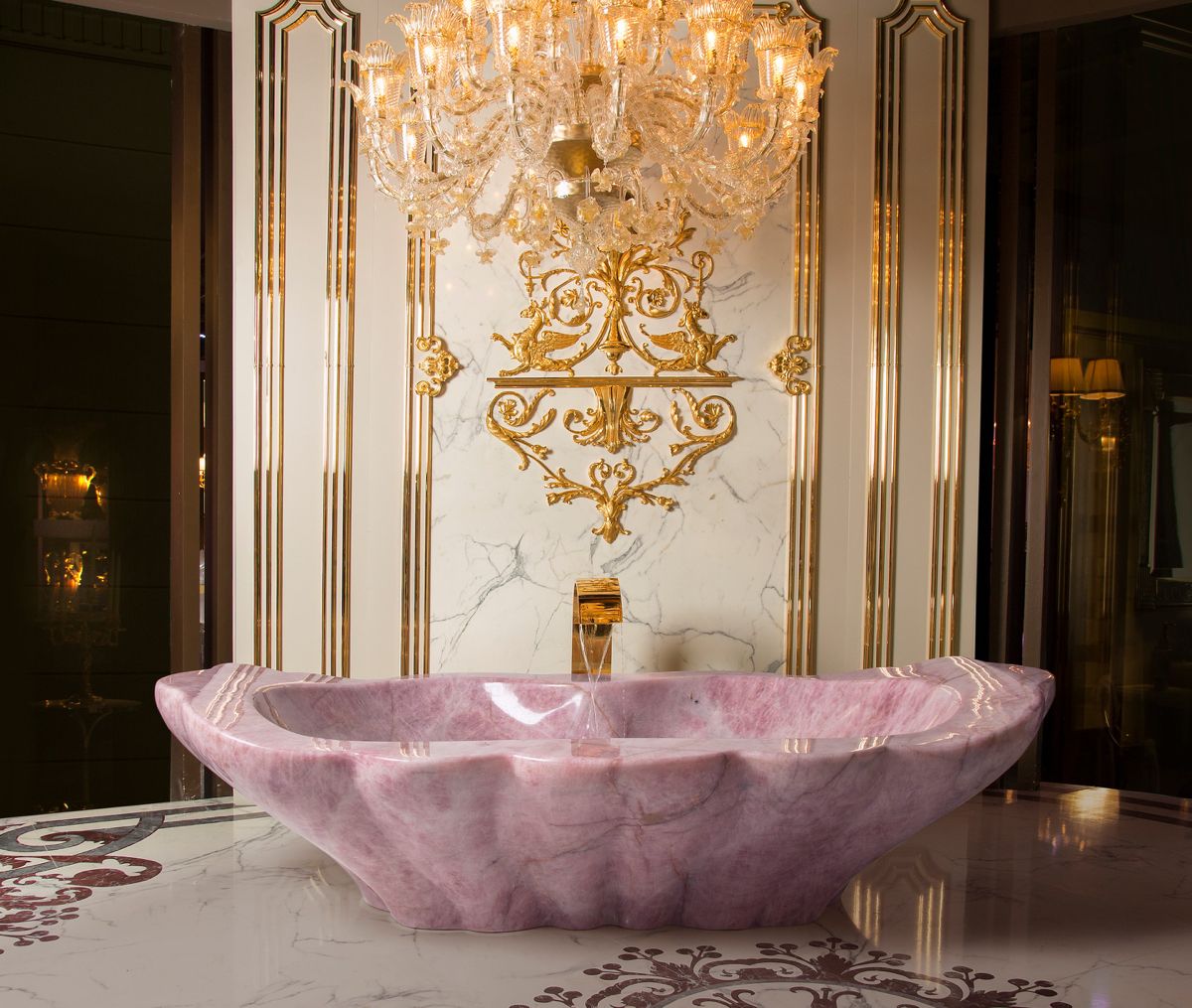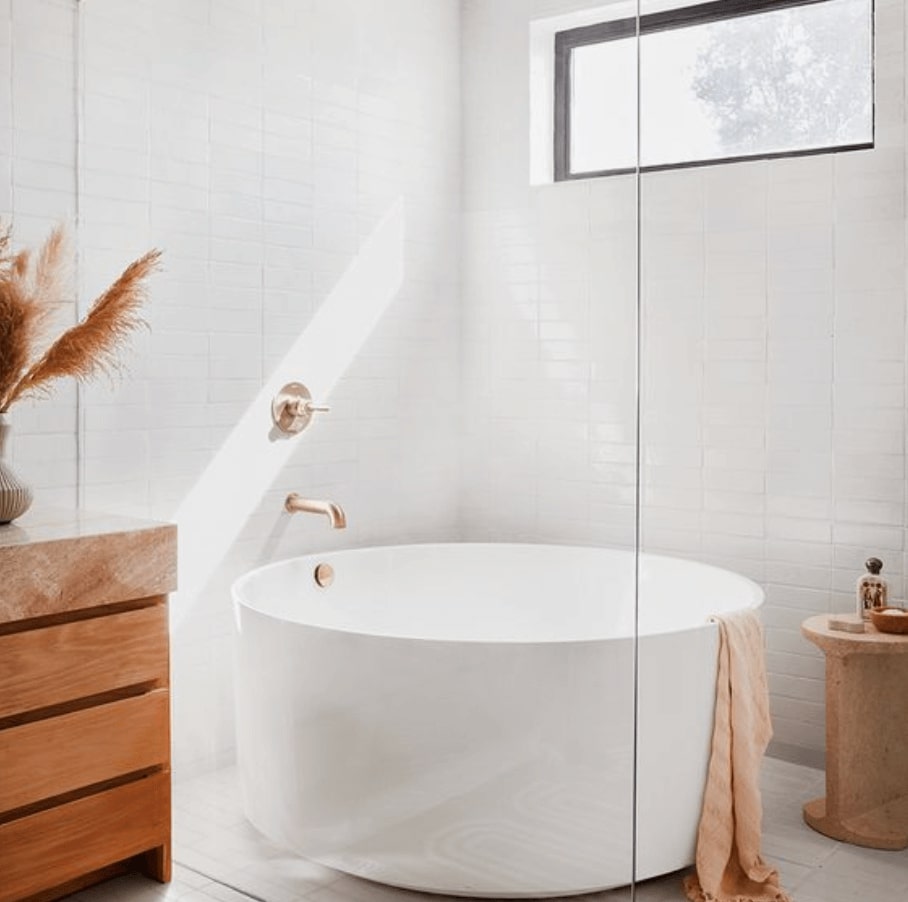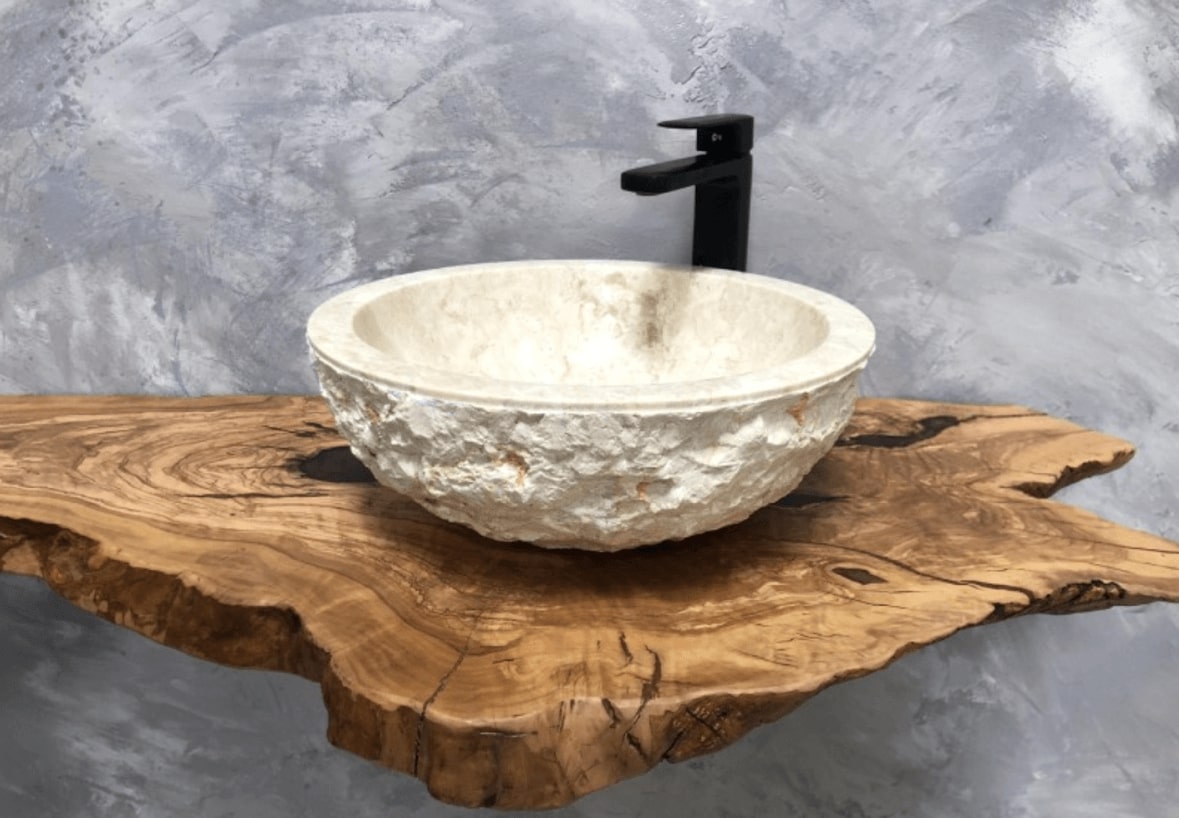Most people love the look and feel of marble baths, and it's easy to see why. If you're looking for a way to relax and unwind, try out the marble bathtub, take a bath and relax.
Because of its crucial role in life, bathing is an important ritual that promotes well-being. An amazing natural experience calls for a marble complement to complete the look and feel.
When it comes to bathroom design, the bathtub competes with the installation of a shower. As a rule, you can only allow yourself the luxury of installing a bathtub in addition to a shower in relatively large bathrooms. Many homeowners and all those who want to become one are regularly faced with one central question which is shower or bathtub?
When making the decision, first of all take your time and ask yourself a few questions: How much time do you need in the bathroom and do you want to relax there too? If so, then a bathtub is the right choice for you.
More stone bathtub Canada/stone bathtub UK project.
How much does a marble bathtub cost?
Furthermore, price of marble bathtub is not fixed. It depends on the type of marble you choose and the size of the piece you select. A nice and elegant marble bathtub, on the other hand, can cost anywhere from $5000 to $20,000. In addition to the cost of the materials, homeowners considering the installation of a marble bathtub should factor in labor and installation fees.
Choosing a small round tub or a corner tub might help you save money. Nevertheless, I feel that a natural marble bathtub is worth the investment in terms of quality and price. Having a marble bathtub is an investment in your home.
More stone soaking tub/stone bathtub price.
Can you change the color of a marble bathtub?
Marble surfaces, such as flooring and bathtubs, may be found in many homes, civilized marble, which comprises of fiberglass resin and crushed limestone and can be molded into various forms, which is the most popular of these surfaces. Gel coat is a material that is commonly used to seal vessels, and it is applied on the marble.
However, in respect to the question, it is impossible to change the color of marble. However some white marbles have been dyed. If you try to dye pink marble, it will likely just darken. If you dislike the color that much, you might want to consider getting a new top or throw a table cloth over it. Another idea you need to take into consideration is that your marble may need to be refinished.
More stone freestanding tub/marble tub.
Can you refinish a marble bathtub?
Don't try to replace it... It should be refinished!
Do you have a marble bathtub or vanity? Refinishing is a technique that may remove faded coloring, swirls, fractures, and scratches.
Bathtubs made of marble are attractive, long-lasting, and cost-effective. Despite the many benefits of these marble, they are sensitive to scuffs and other damage from everyday usage. Refinish your marble kitchen bathtubs to restore its shine and brilliance using the techniques below.
More stone bathtub Canada/stone bathtub price.
Step 1 - Clean the bathtub
Before you begin, make sure you have plastic gloves and safety eyewear.
Begin by cleaning the marble bathtub with a mild soap and distilled water solution. Because hard water can leave mineral deposits on a marble piece, distilled water is advised. Wipe the marble surface with a sponge dipped in the solution.
Then, using a soft-bristled brush, lightly brush the surface to remove any remaining particles. Brushes with strong bristles should not be used since they may scratch the stone permanently. Particular attention should be paid to the regions surrounding seams and chrome fittings. Then, to remove any soap residues, rinse the marble bathtub with purified water.
Step 2 - Removing Hard Stains
Use non-abrasive cleaners made particularly for stone surfaces to remove developed and hard-water stains. These cleaners are safe to use on marble bathtubs and are effective at cleaning a variety of stains, including rust and food spills. Even if the branded cleaner comes with gentle brushes, apply it using a soft, dry cloth.
Step 3 - Correcting Surface Blemishes
Marble-polishing powder containing tin oxide and epoxy-based glues can be used to fix minor scratches or fractures in the stone. Small scratches are filled and camouflaged using tin oxide powder, while cracks are filled with glue. Follow the directions on the package to apply this material.
Step 4 - Taping the marble bathtub
Tape the marble bathtub’s edges using painter's tape. To avoid getting polishing or refinishing substances in the sink, be careful to mask the area surrounding it.
Step 5 - Sanding the Stone
Sand the cleaned and restored marble surface using medium-grit sandpaper. To ensure a flat surface, apply uniform pressure. Then, using a sponge, wipe down the surface to remove any sanding dust.
Step 6 - Applying Primer
Apply a thin coat of marble primer to the marble bathtub surface with a paint roller. Allow for a one-hour drying period after coating the surface.
Step 7 - Spraying a Stone-Finish Solution
Spray a stone-finish solution on the marble to restore its brightness. These items may be found in hardware stores. Allow the sprayed marble surface to dry as directed on the packaging.
Step 8 - Completing the Process
Use a polymer resin instead of wax to conclude the refinishing procedure. Apply a few drops of resin on the tabletop with a paintbrush and spread them out evenly. Allow the material to dry as directed on the packaging. After it has dried, apply a high-gloss polyurethane varnish to the refinished surface to recreate the gleam of a marble bathtub.
Warning: Wear a respirator mask and make sure the work space is well-ventilated before applying polyurethane varnish since it can be hazardous to inhale.
How to fix a marble bathtub
Natural stone is one of the most expensive bathroom and shower finishing possibilities, with marble being one of the most popular selections among the several stone varieties. Once the marble has been put, whether it's in the form of tiles or bathtub, it's designed to endure a lifetime and beyond. However, the home's settling over time, accidents, earthquakes, and other natural calamities can all result in damage that must be corrected.
Crack Repair
A specific tacky glue paste is used to repair any fractures in a marble surface, and it comes in a range of colors to fit your installation. They're generally marketed as two-part mixes with a hardener and a liquid that must be mixed together before use. Kits are available that include a tiny amount of glue, a smearing stick or putty knife, a mixing stick, and different grits of sandpaper. The idea is to seal the crack with glue and then smooth it out with different degrees of sandpaper from rough to soft to mimic the polished surface of marble once it sets. Tiles or bathtubs are also repaired in the same way.
Replacing Tiles
It will need to be replaced if you have a damaged tile with a fracture that would still be noticeable even if filled with a color-appropriate epoxy, such as a shattered piece. Remove all of the grout surrounding the piece using a utility knife, then carefully lift and pry the marble tile away from the wall with the claw of a hammer. You'll want to be careful not to remove any surrounding pieces or layers of the underlayment when removing the tile.
To avoid harming neighboring parts, always work from the center to the outside borders of a piece. If necessary, use a core bit or a rotary tool to drill a hole in the middle of the tile just deep enough to fit the claw of a hammer inside and behind the rear of the piece. Before reinstalling a new piece of tile in a bed of thinset mortar and regrouting the marble tile, you'll need to paint the area with a coat of latex waterproofing and let it cure.
How can I repair a marble crack? - Steps
- Brush the fracture with a nylon bristle brush to remove any extra marble particles. If there is a lot of debris, gather it on a piece of newspaper and return it to the Epoxy filling later. Epoxy is a type of resin that comes in two components that must be put together to activate it. It heals in typical conditions of humidity and sunshine.
- Wipe the crackdown with acetone to help the Epoxy adhere to the crack and surface. If acetone isn't available, paint thinner or detergent can be used.
- For your vanity bathroom, get marble powder from the same sort of marble countertop: Combine equal amounts Epoxy and marble powder in a mixing bowl.
- With a fine artist's brush, apply the marble powder and Epoxy mixture to the crack, making sure to cover the gaps completely.
- Using excellent sandpaper, sand the dry Epoxy. Sand parallel to the crack's direction.
Benefits of Marble Bathtub
Before agreeing to a new tub and potentially spending thousands of dollars on it, homeowners should consider whether marble is the right option for them. After all, there are advantages to using this type of material. It is feasible to make the best option down the future by evaluating these advantages, as well as the homeowner's budget and other requirements.
The main benefits of a marble tub are;
Durability
Marble radiates beauty and luxury with its traditional white and textured design. You might think that a marble bathtub is elegant since it appears nearly like a gemstone in your bathroom. Marble is a naturally robust and long-lasting material, and with appropriate care and regular cleaning, your marble bathtub will last a lifetime.
Luxurious aesthetics
Marble was utilized liberally in royal palaces and luxurious homes, and for good cause. Most other construction materials, including natural stones, cannot compare to the purity and elegance of marble. Marble is a lovely bathtub material that can be utilized as a main focus or tastefully constructed to blend in with the rest of the bathroom décor.
Easy to maintain
Taking care of your bathtub shouldn't give you any problems. Surprisingly, maintaining the quality of marble bathtubs does not need a strenuous cleaning program. All you'll need is a moist, clean cloth. To keep your tub appearing clean and neat, all you need is a gentle wipe at regular intervals.
For more intensive cleaning, more powerful solutions are available on a case-by-case basis. While strong acidic chemical cleaners can harm marble, a neutral pH cleaner will be safe to use on your tub.
Non-slip
Bathtubs, showers, and restrooms are frequently wet, which is plainly dangerous. You may be concerned with the sheerness and smoothness of marble for the same reason.
Marble bathtubs have the unexpected bonus of being able to provide non-slip solutions that are tailored to your specific needs. You don't have to give up your passion for marble to locate a functional and safe bathtub.
Color Choices
One of the numerous advantages of marble stone is the variety of design possibilities. This may come as a surprise to some.
Marble is available in a variety of rich blue-grays, as well as red-white marble mixes and beautiful gold marble! The other white, pink, green, gray, black, and blue marbles haven't even been mentioned yet! With so many different marble types and hues to choose from, your possibilities are practically endless.
Molds made to order
Marble is mined from the earth and carved into slabs, just like other natural stones. The contour and form of the kitchen bathtubs or floor tile is cut from these big slabs. Whether you want a hard, square tub or a soft, circular tub, marble works well in both applications and looks elegant.
Alternatives on a Budget
Marble, like other natural stones, comes in a variety of pricing ranges, depending on the stone, slab, and availability. Marble, on the other hand, is one of the more costly materials for bathtubs, but with good reason: it's stunning, high-quality, and long-lasting.
A marble-coated tub (rather than a single piece molded into the shape of a tub) may be worth considering if you appreciate the beauty of marble (and who can blame you) but need a more economical solution.
Common colors of Marble Bathtub
Marble is formed through the alteration of other stones under extreme heat and pressure. As a result of this process, new minerals, textures, and structures emerge, resulting in a wide variety of marble kinds, as seen in the samples below.
Types of White Marble
It's no secret that white marble is one of the most wanted marble varieties. It is revered for its majesty and purity, yet since it is white, it has more flaws. There are instances when flaws are desired because they make a piece of stone distinctive.
It is possible to utilize six different varieties of white marble inside or outside the residence. You may want to have a look at:
Calacatta
Calacatta is an Italian natural stone. It's a white calcitic marble. Broken white and extremely fine light grey veins are periodically dotted with small amber and golden notes, giving it a very unusual chromatism.
This Italian variation has endured for centuries and is included in a number of notable architectural projects from the ancient Rome, Renaissance, and Baroque periods. It is now regarded a rising marble, and it is used to decorate the interiors of big residential and hotel buildings.
Calacatta Gold
Calacatta Gold is a white calcite marble that has a classic look. It has a beautiful off-white background with highlighted golden and grey streaks of various widths.
Carrara White
Bianco Carrara marble comes from the Carrara quarries in the Tosco-Emilian Apennines, as its name indicates. Its tiny, gleaming granules form an uniform greyish white foundation. It has grey lines that are scattered like capillaries over the surface. Bianco Carrara is divided into several categories, each with its own amount of whiteness.
It is one of the most well-known marbles in the world, both now and in the past, from the Renaissance through the Baroque periods. Michelangelo Buonarroti sculpted the renowned David sculpture out of Carrara White marble.
Macael White
Macael White is a well-known white marble from Spain. It is produced in the Macael area of Almeria, Spain, which also gives it its name. Macael White has been a key figure in some of Spain's most important architectural projects throughout its history and art. The Patio de Los Leones of the Alhambra Palace is an example of this (Granada).
Blanco Macael marble is calcitic, coarse-grained, and has a homogeneous look with alternating white and grey glazes. Calcite (98%) is the primary material in this natural stone, with quartz, muscovite, and mineral opaques as minor components.
Types of Grey Marble
The grey marble has a variety of neutral tones that cover a wide color spectrum. Its chromatic variety includes pearl tones, silver and grey ochre, and graffiti like mole. It's usually utilized in settings that want to project a sense of peace and tranquility.
Pietra Grey
Pietra Grey is a grey calcite marble. It has a very uniform and compact appearance. It shuffles coals and graphite subtly and alternates thin white streaks with barely noticeable slate-colored linear glazes.
Pacific Grey
Pacific Grey has a soft grey backdrop and the ability to collect and reflect light thanks to its millimeter-thin white veins.
Grey Picasso
Picasso Grey is the brand name for a white greyish calcite marble that is one of a kind. It features a pearly backdrop with a great number of grey veins, as well as mole and amber veins of various thicknesses, all of which interweave with one another.
Picasso Gray marble is utilized in large-format cladding and design elements, such as in high-end luxury interiors.
Fior Di Bosco
Fior di Bosco is a non-porous grey marble with a matte finish. Its somber backdrop is a combination of leaden and smokey tones. It has a swarm of thin arborescent veins that alternate between white and amber in hue. Orange striations emerge on occasion.
Types of Black Marble
Black marbles are another wonderful family of marble varieties, including some of the most valuable examples in the world. Each one's backdrop may have several shades of black with veins of various hues, including white, gold, and light gray.
Black Marquina
Marquina Black is a calcite marble that is black in color. The contrast between the deep black base and the dazzling pearly white veins is striking. Calcite is the most common mineral in this rock, accounting for 98 percent of its composition.
It is being utilized in interior design projects that are reference projects in terms of quality and exclusivity due to the purity and beauty of its imposing black color. Marquina Black is the most well-known brand on the global stage.
Portoro
Portoro is a high-end black crystalline marble with a lustrous appearance. Its foundation is a strong jet hue with a huge number of dynamic golden veins and white effervescence that appear to be moving.
This rare natural stone is the world's most costly black marble.
Saint Laurent
Saint Laurent is a coppery black marble from France that is considered semi-precious. It has a dark crystalline backdrop with delicate brown, gold, and white veins that are flecked with coral hue.
It's an ideal natural stone for interior cladding and design components.
Types of Brown Marble
Brown marble comes in a wide spectrum of colors, including earth tones. In each case, breccias structures, more homogenous structures, or even striated structures might be the starting point.
Sequoia Brown
It's the commercial name for a rare, crystalline brown marble called Sequoia Brown. Brown, earthy, and grey tones give it a distinctive striated appearance.
A lovely pattern of sinuous shapes is sculpted by the unique morphology of this natural stone. When you look at its surface, it reminds you of the massive American sequoia trunks that have stood for millennia.
Oasis Brown
Also known as a semi-precious gemstone A brownish marble, Oasis Brown is a dark brown stone. Coriaceous and crystalline in appearance, with golden veins running through it. It is a medium-toned spectrum of browns, very similar to chocolate tones.
In addition to interior coatings, it is utilized in bathrooms and walls.
Types of Green Marble
Peace and tranquility are inspired by the green marble, which creates an environment that allows natural elements to shine through. Intense, tropical, and jungle scenes are conjured up by the color green in this garment. It is generally characterized by white streaks across the surface.
Mint Green Marble
Mint Green marble is a light green marble with a bluish tint to it. It's has a jade-toned backdrop with dark green streaks running across it. A smattering of tiny white crystalline nebulae adorns the entire scene.
Verde Oasis Marble
Verde Oasis is a unique-textured piece of stone produced in Greece. It has a dark bluish-green color. The way the streaks run across the granite in a single direction resembles waves on the ocean's surface, which may be why it was given such a charming name.
Guatemala Green
Guatemala Green, sometimes known as Indian Green or Oriental Green, it is a green marble with a serpentine pattern. In stark contrast to its robust arboreal foundation, dozens of extremely white veins stand out. Background and veins form a stunning natural beauty and exoticism ensemble.
Types of Yellow Marble
Choosing new bathtubs and tiling alternatives for your house may not be the first thing on your mind. Marmor has so many yellow variations that virtually everyone may find one they like. In your kitchen or bathroom, you may choose from a variety of exquisite marbles in brilliant yellow or rich gold to give a touch of brightness.
Consider some of the most commonly used varieties of yellow marble in renovation projects, such as the ones listed below.
Amarillo Triana
Amarillo Triana is one among the most colorful marbles in the world. It's a beautiful yellow with tiny grains that sparkle vividly. A few dark yellow or gray streaks run across it, giving the animal a little of character. The most common use for this type of marble is as an accent piece or for paving.
Spanish Gold
Spanish Gold is a deeper, bronzy-brown color on the other end of the spectrum. It is one of the most popular interior flooring options, especially for the pavement. This is due to the fact that it already has a natural earthy hue that complements any finish. There are a few streaks here and there, but the golden hue is typically quite consistent.
Giallo Monoforte Marble
Giallo Monforte marble, another Italian speciality, is a solid yellow stone with the brilliance of genuine gold. It may be a great addition to a kitchen that needs a little more brightness and optimism. Yellow is also connected with hunger and thirst, so having it in the kitchen is usually a smart idea to keep visitors and neighbors coming back for more.
Types of Pink Marble
Pink marble may be the way to go for homeowners looking for a more delicate touch. It's a soothing, comfortable, and overall warm hue to use in your home. Pink marble is very attractive since it does not overpower you with color. Instead, it features light tones of pink and rose that may add a splash of color to your kitchen or bathroom.
Some of the most common varieties of pink marble to compliment the bolder colors in your area are listed below. For more Customized Bathtub Price please contact us by email.
Rosa Levante
This marble is a pinkish-brown color with little veining. The hue is a solid pink with a gritty texture. This is highly sought after due to its fossil-like look, which adds to its value. This marble comes from Spain and is also known as Crema Levante on the market.
Pink Spider Marble
Pink spider marble is a good choice if you want creamier pinks and a more classic marble appearance. Sinks, tiles, backsplashes, and bathtubs all benefit from this. It gets its name from the spreading, dark crimson veins that crawl over the pale pink backdrop.
Conclusion
Due to its flexibility and durability, marble is a common creative decision for nearly any space renovation. Naturally, it's more precious and attractive than alternatives made of composite materials because it's natural stone.
Since the dawn of civilization, marble has been a popular construction material. In ancient Greece and Rome, entire palaces and towns were made out of marble, which is reminiscent of today. For more customized stone tub, stone freestanding tub, stone bathtub, or bathtub price please contact us by email.
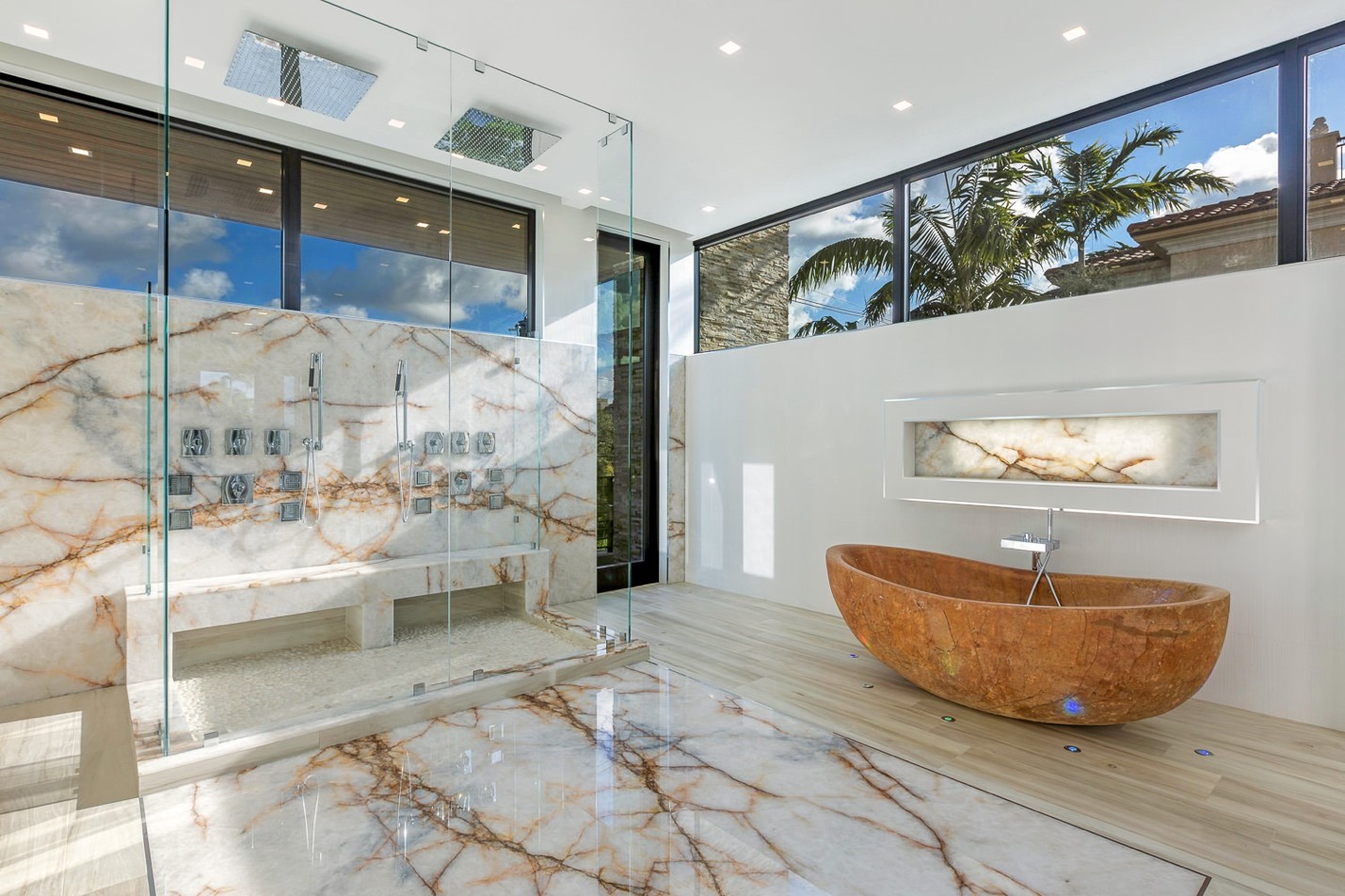
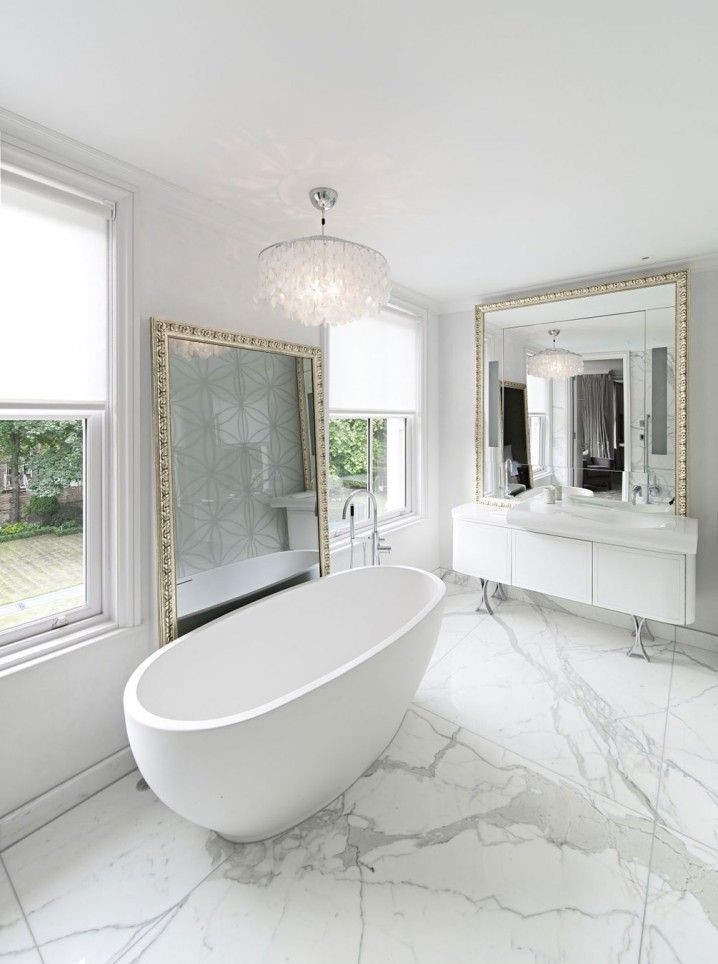

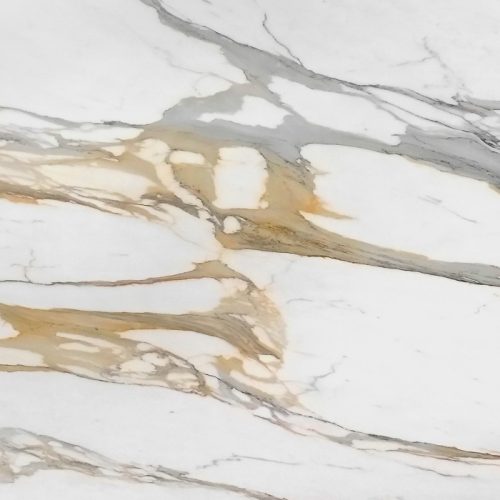
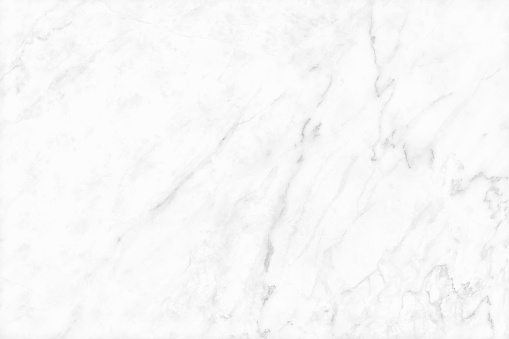

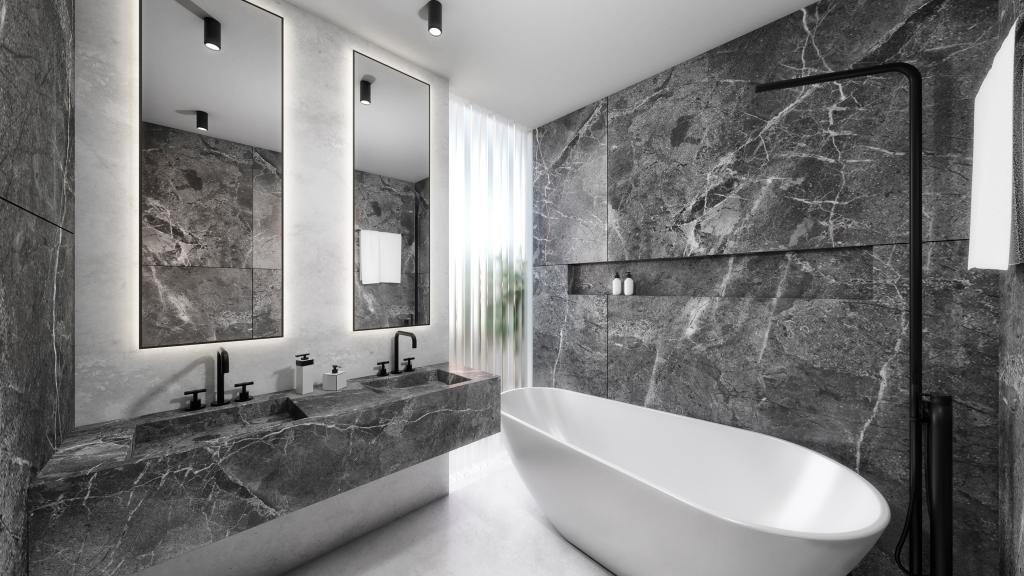
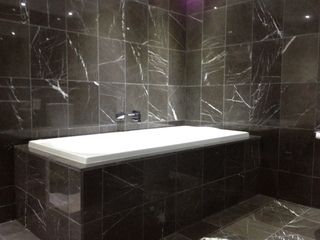
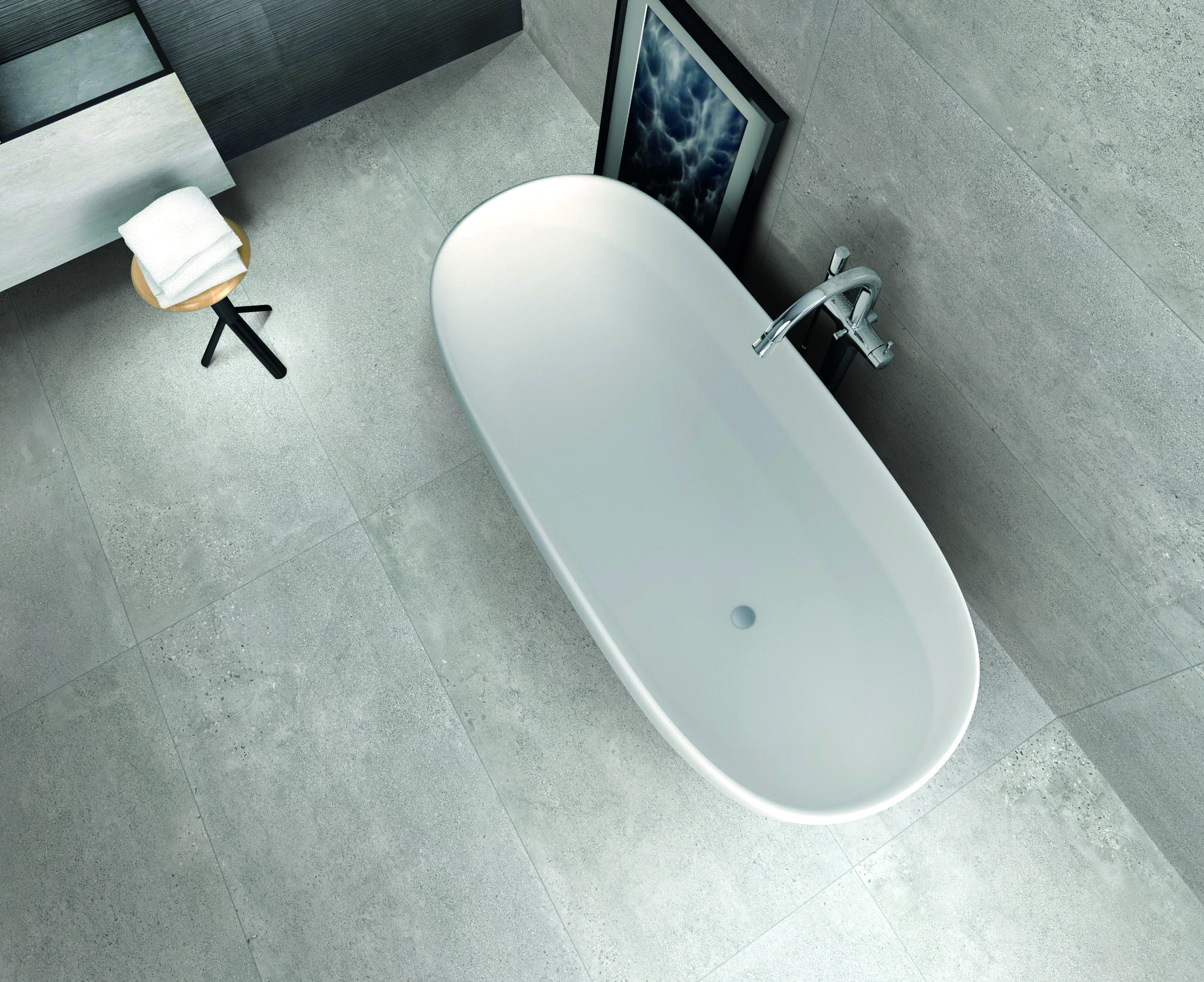
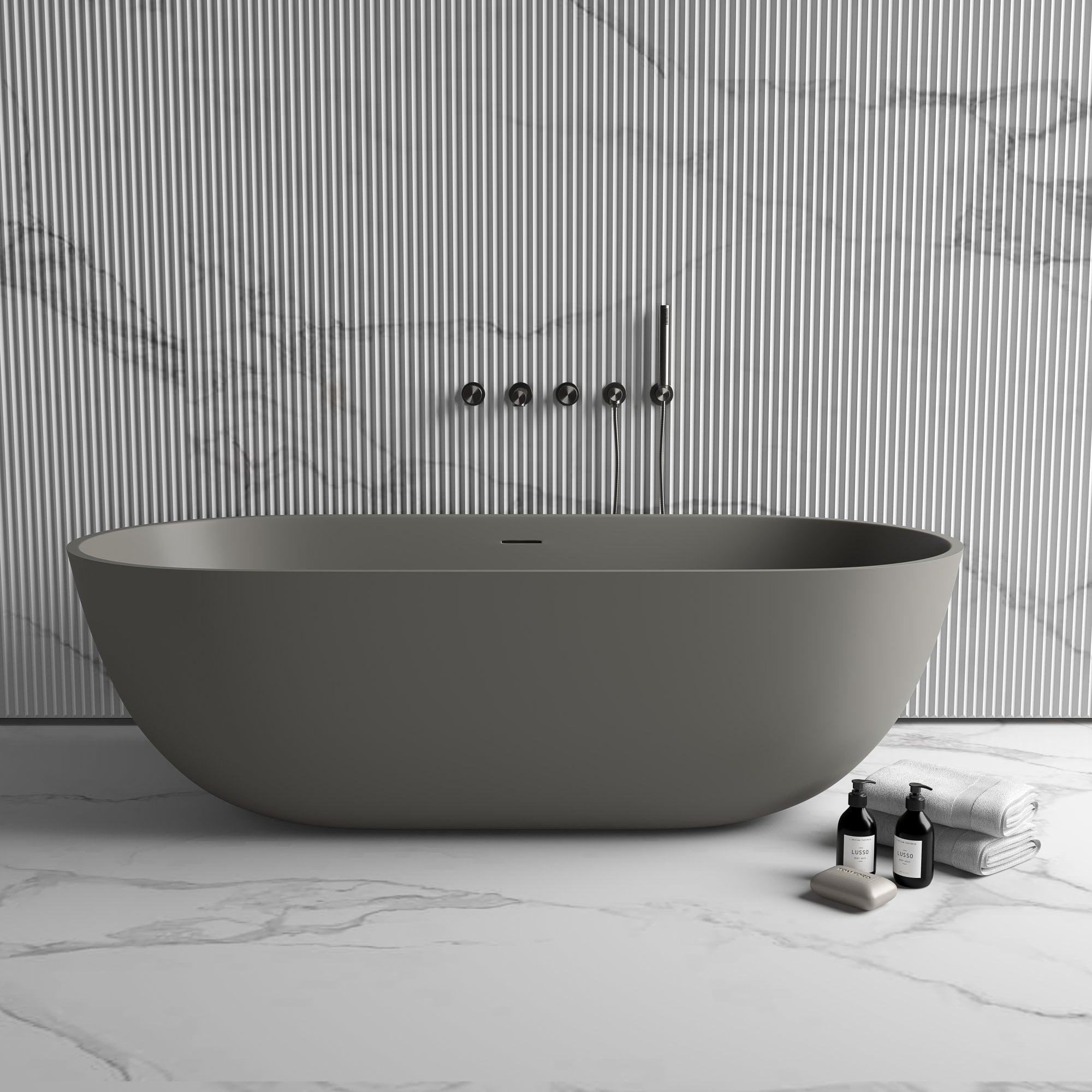
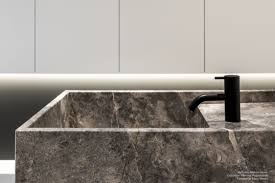
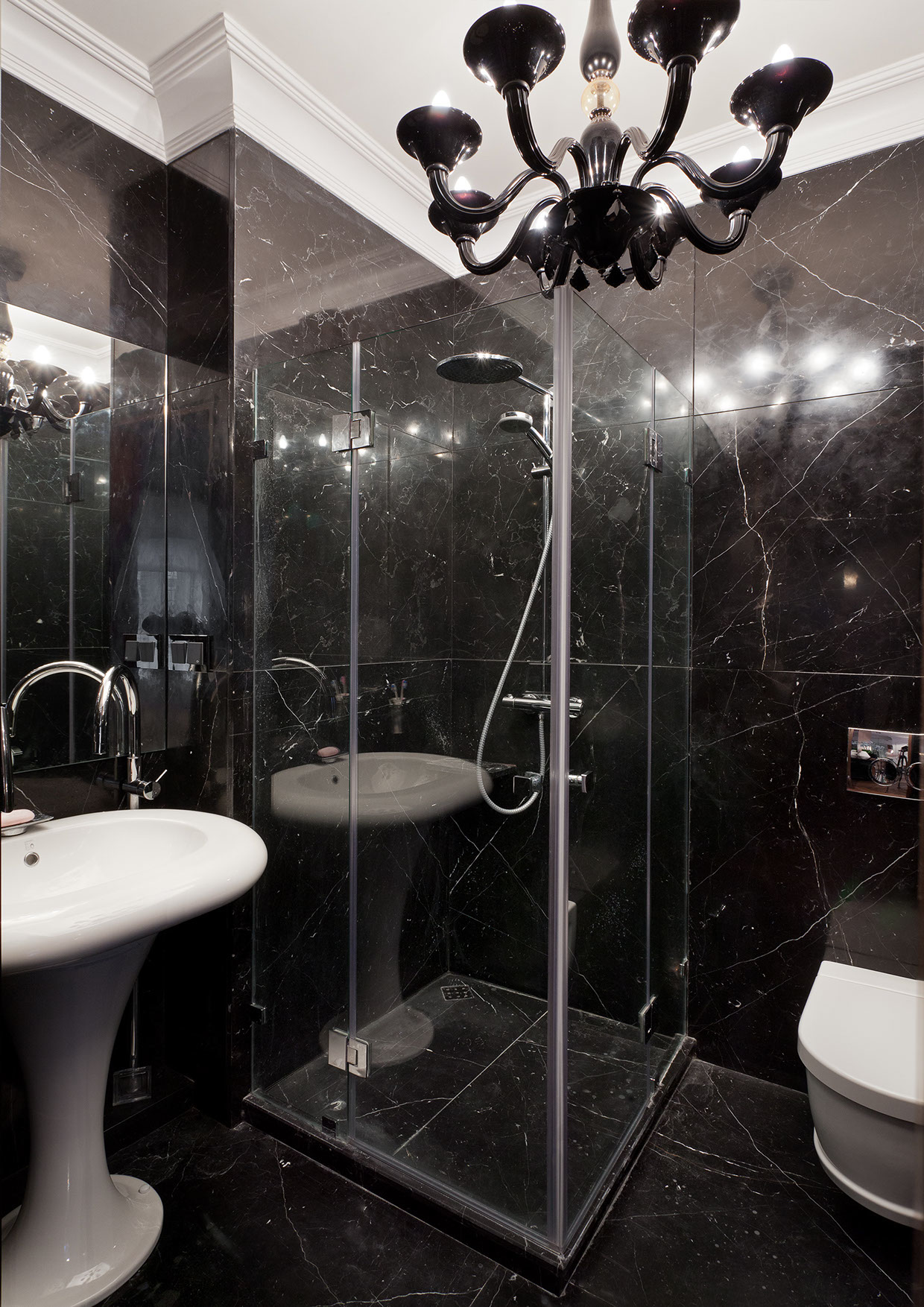
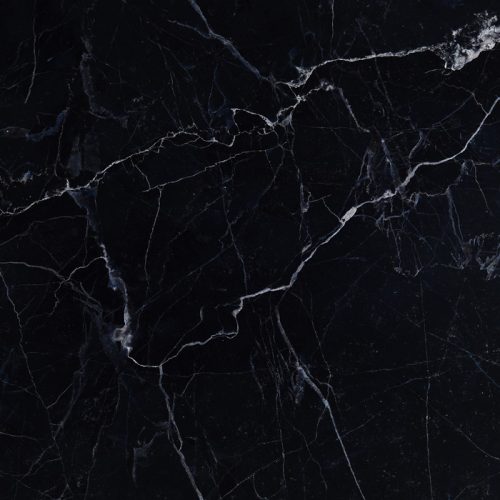
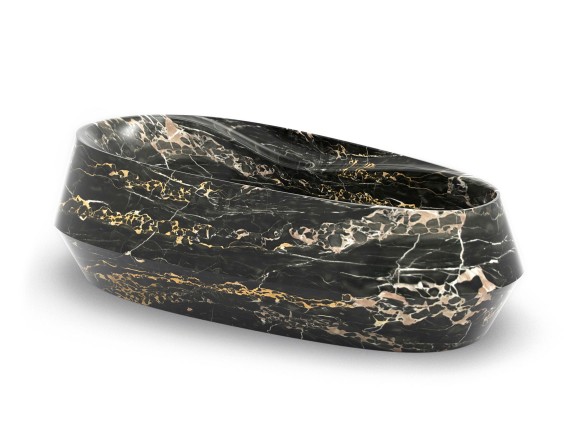
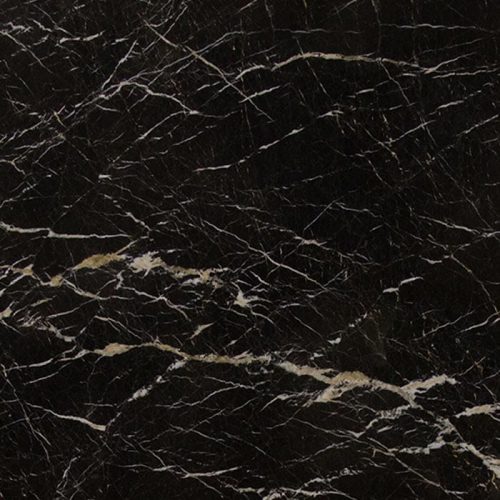
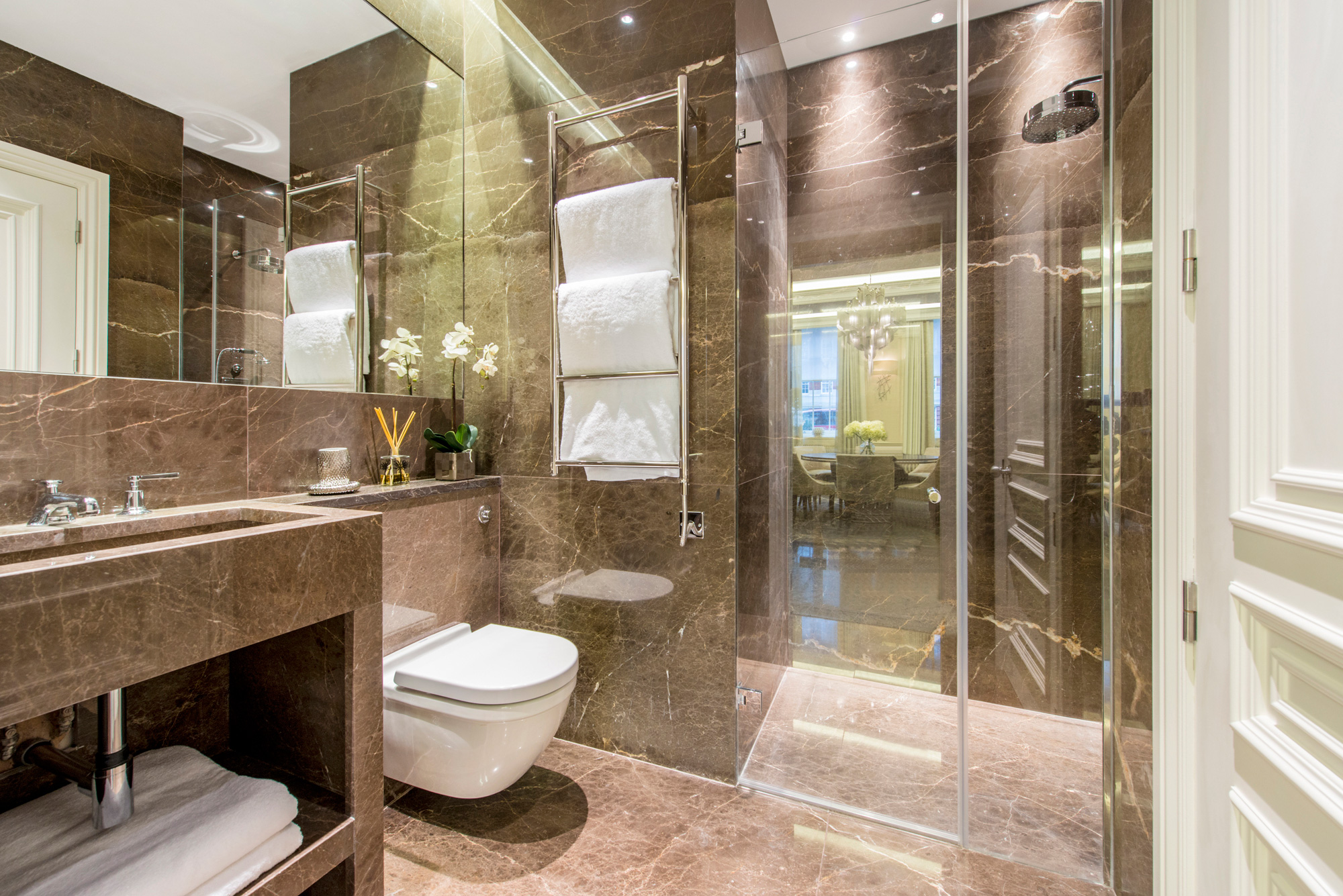
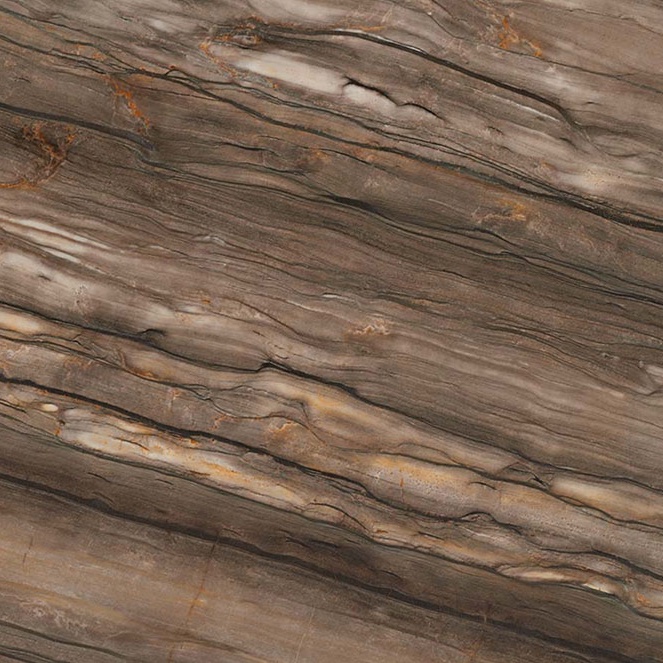
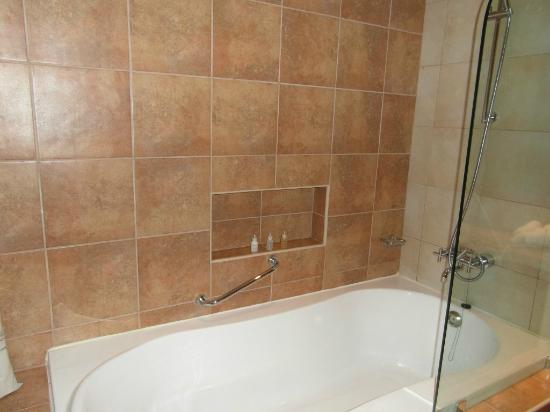
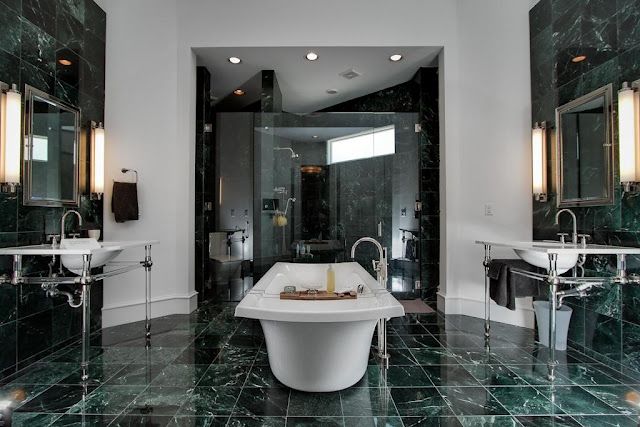

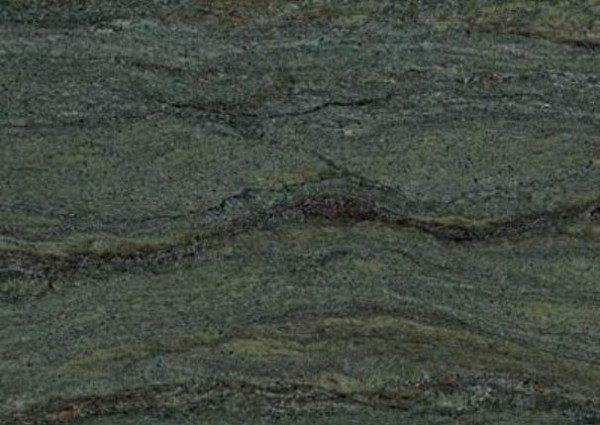
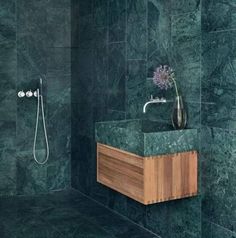
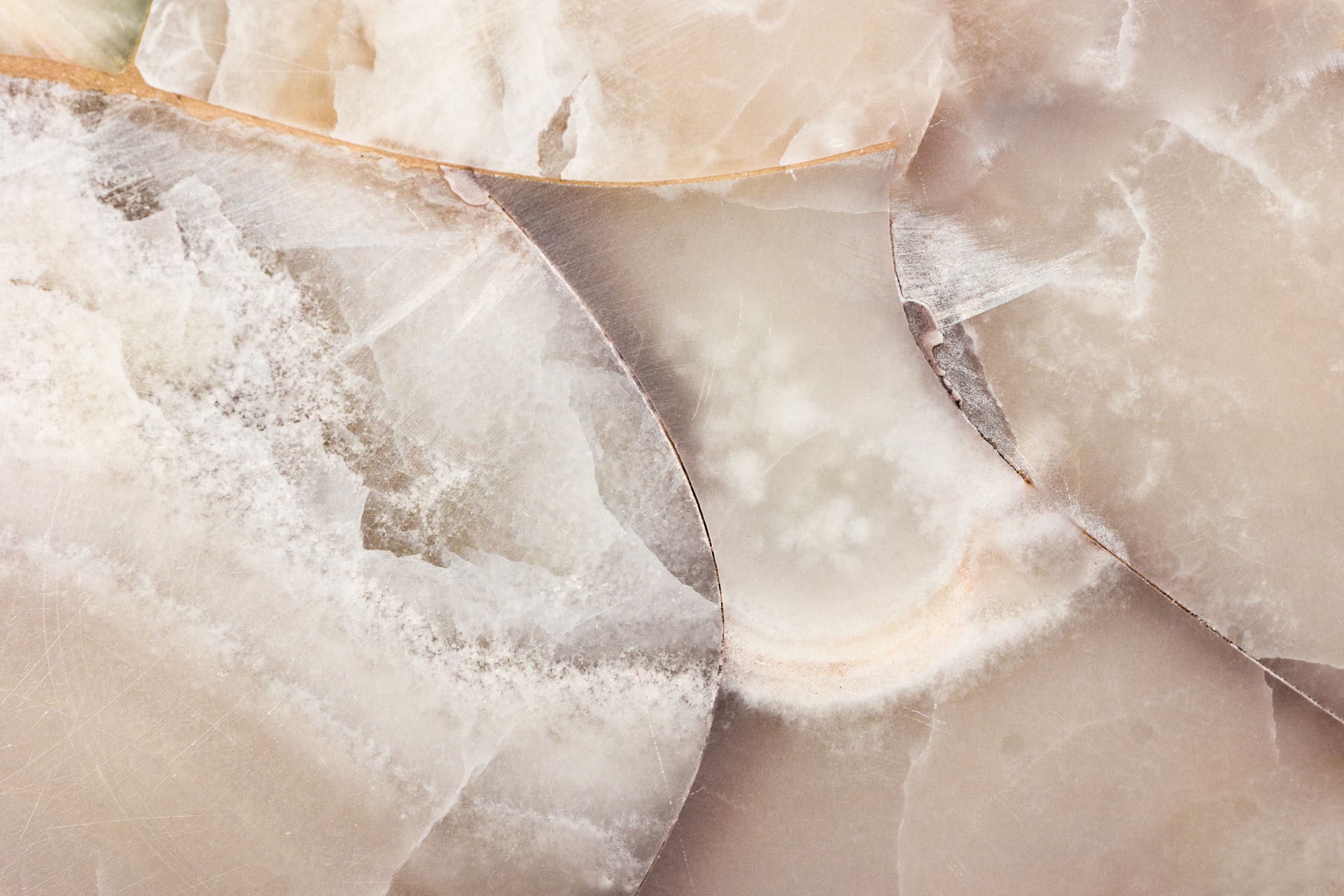
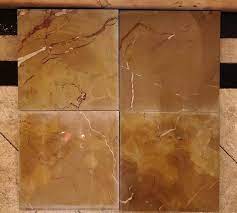
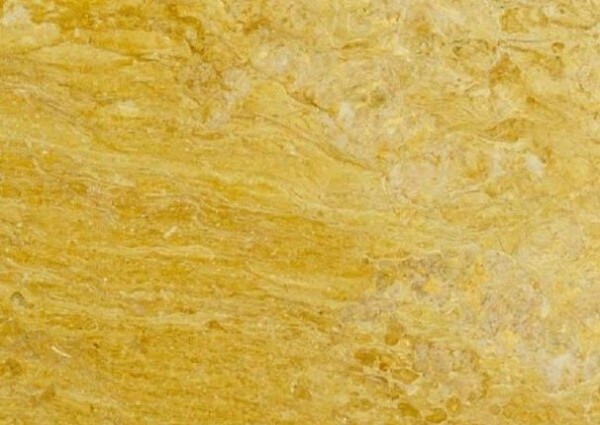
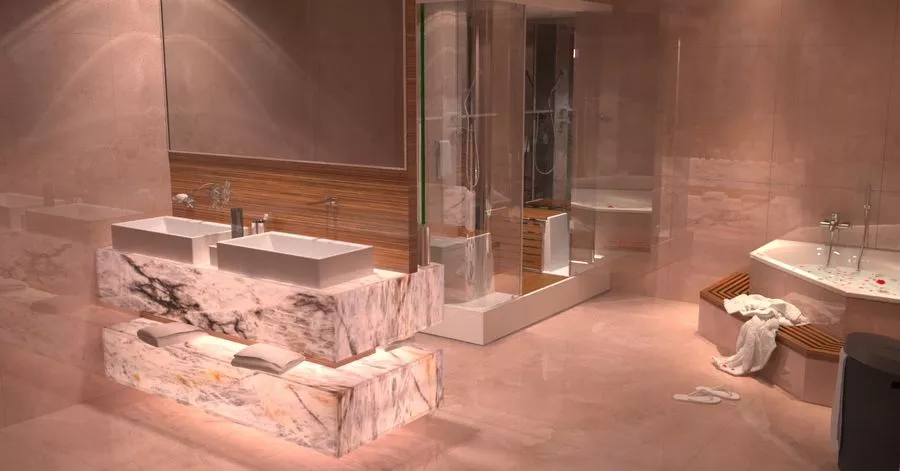
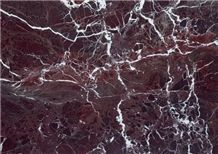
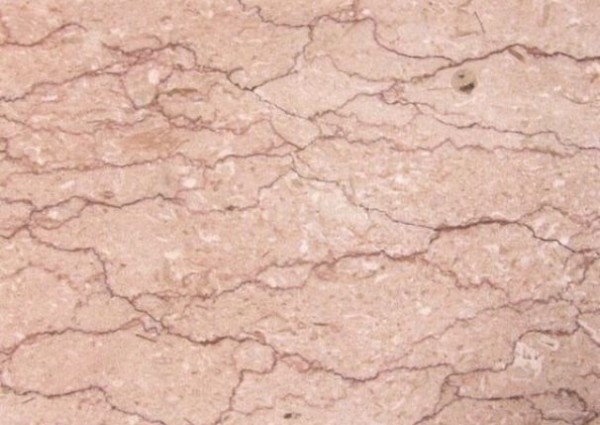
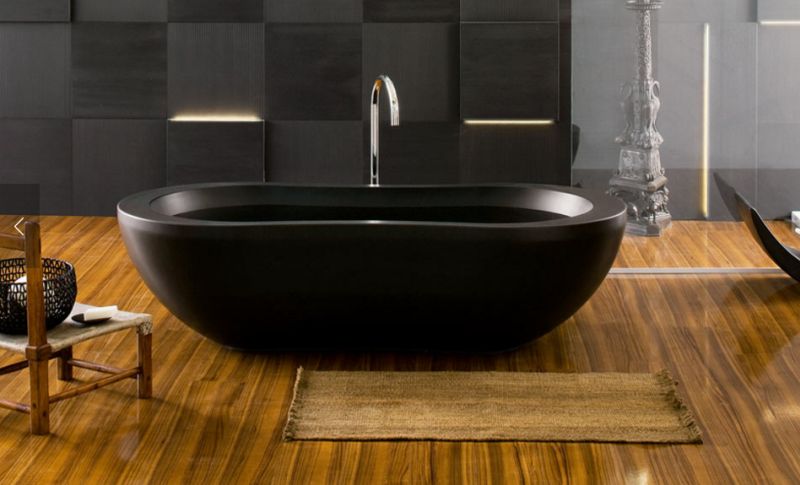
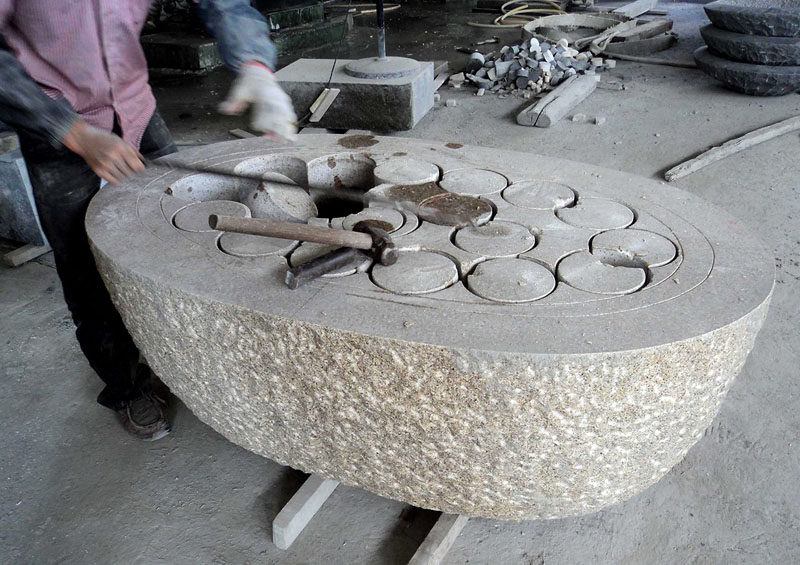
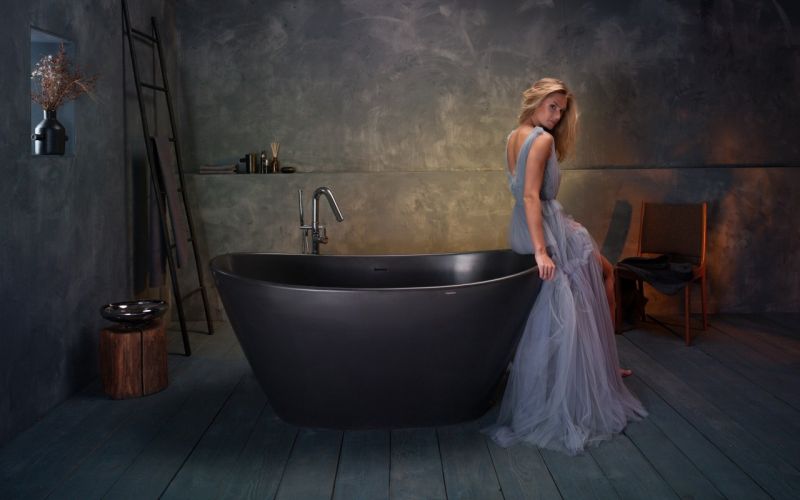
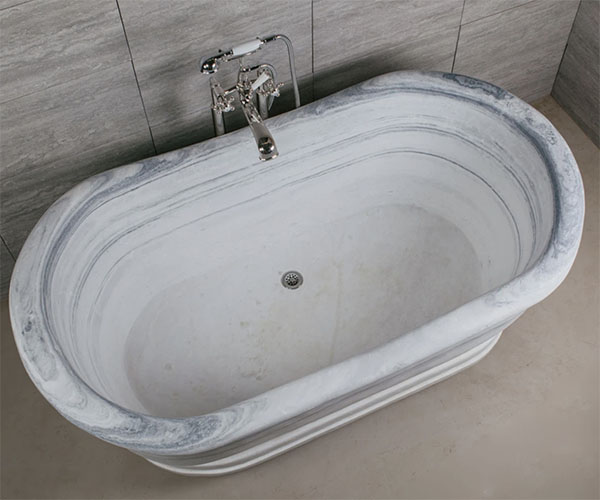
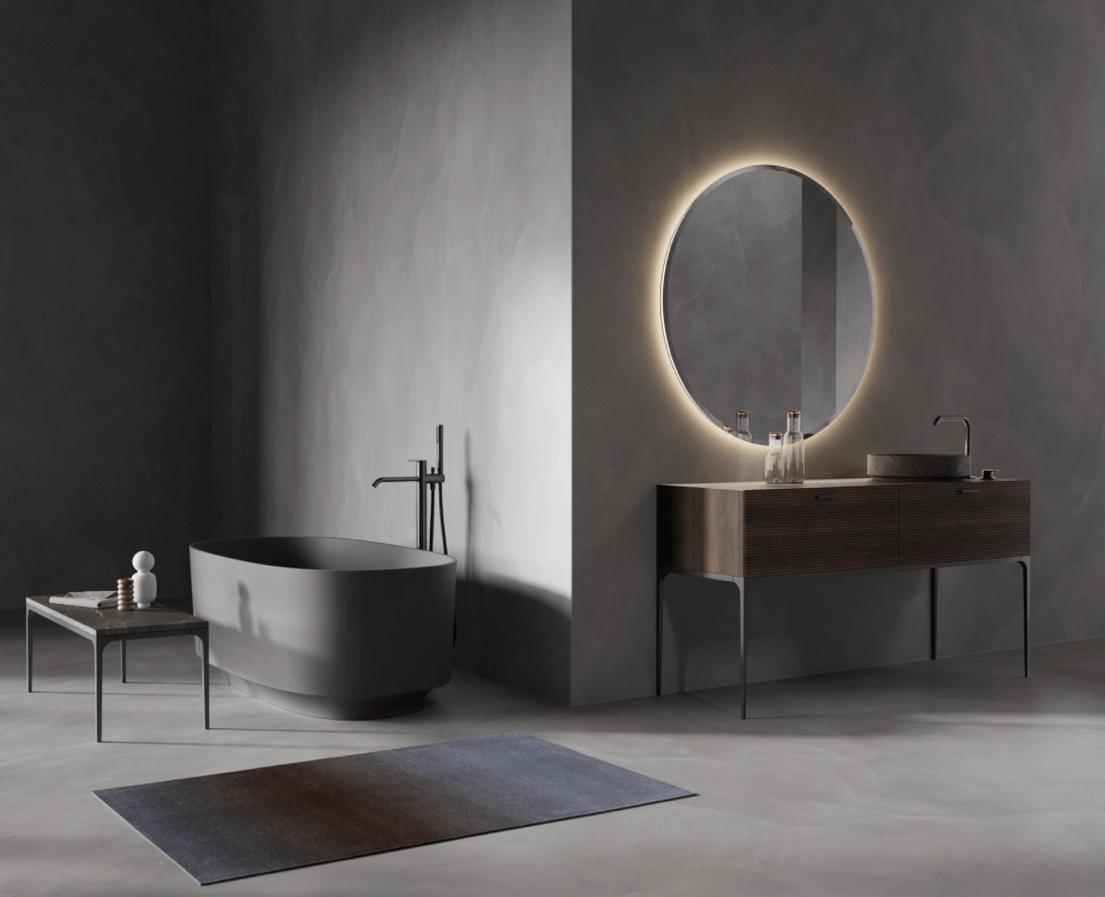
.png)
